Animal Consciousness (And this time there will be a Quiz.)
When my dogs play poker, my cut is 20%. Original oil painting by Cassius Marcellus Coolidge
Are non human animals conscious?
I spent some time looking into animal intelligence and rapidly discovered the July 2012 “Cambridge Declaration on Consciousness.” You can read more about the declaration here at animal cognition (.org). A collection of international neuroscientists put their heads together on this, and here is a quote of their ultimate conclusion.
“The absence of a neocortex does not appear to preclude an organism from experiencing affective states. Convergent evidence indicates that non-human animals have the neuroanatomical, neurochemical, and neurophysiological substrates of conscious states along with the capacity to exhibit intentional behaviors. Consequently, the weight of evidence indicates that humans are not unique in possessing the neurological substrates that generate consciousness. Non-human animals, including all mammals and birds, and many other creatures, including octopuses, also possess these neurological substrates.”
Hey, Scott! Your dogs didn’t make the cut! Photo by Jamie Street
So, if your pets are mammals, birds, or octopuses, they are conscious to one degree or another.
But how conscious are they? How aware? Do some pets share our wide range of consciousness? And what about our proactive ability to raise our awareness levels? Do any of our pets show the necessary persistence and patience to learn and grow?
The staff at Your Dog Advisor believes, “… most dog parents proudly assert that their dogs are much more intelligent than science gives them credit for.” They cite a study by Dr. Stanley Coren, who rated dogs by instinctive, adaptive, working, and obedience intelligence.
Who were the three most intelligent dogs? The poodle, border collie, and German shepherd.
Who were the least intelligent dogs? The mastiff, basset hound, and beagle.
Compared to someone who writes science fiction, how smart are these puppies? Photo by Jametlene Reskpfliwk
But how smart are our dogs?
According to The Spruce Pets, “Dogs are generally considered to have the intelligence level of toddlers.” To which they add, “Several factors go into that determination, including word comprehension, reasoning and problem-solving capabilities, responsiveness to training, communication skills (with humans and other animals), memory, and ability to predict human behavior.”
I could not find much discussion of helpful animals like service dogs, herding dogs, or bomb-sniffing dogs. And I wondered if it’s fair to compare an overachieving border collie with someone’s friendly mastiff or beagle.
Zeke, age 8 weeks! Photo by Jonathan Blocher (Wait until you see his 1-year picture at the end of this article!)
Do dogs have higher order thought? Feelings?
My dogs sometime seem to show intentional behavior, but then my dogs are huge. Although none of them made the top ten list of smartest dogs, I love my Great Pyrenees (Ruben) and Alaskan Malamutes (Zeke and Zooey). And what do I mean by conscious?
For this short entry, I will use the Oxford Living Dictionary’s definition. “The state of being aware of and responsive to one’s surroundings.” We have higher order thought. We have feelings. We have a sense of self and make decisions.
So, it’s almost time to *quiz your pets. The more we learn about how our minds are similar or different from our valued friends, the more we will be aware of their special needs and welfare.
* (At the bottom of this article, you will discover a way to order a FREE pet consciousness quiz!)
Wow! Scott finally found a picture of a cat! Photo by Kate Stone-Mathes
Today’s most common pets are:
#1: DOGS are the top pet in the United States. At last count, 50 million households care for nearly 80 million dogs.
#2: CATS come in second with about 60 million in 30 million homes. Our cat purrs and snuggles. She follows me from room to room. She shows curiosity, especially about flowing water and gravity. Like many “Siberian” cats, she acts a lot like our dogs … but I’m still not sure how to rate her inner emotional life. Then again, we found her at our local pet shelter [Safe Harbor Human Society] and I am almost sure she still shows a fear of abandonment.
#3: FISH. Really? I’m surprised! According to one website, “… 12% of all American households have at least one [pet] fish or more.” But sorry (see the above declaration), they are not conscious.
Never give up! Never surrender! Photo by Worachat Sodsrin
And the list goes on!
#4: BIRDS. Almost 3% of U.S. Households have a bird for a pet. As with all the different dog breeds, I just can’t see how we can include African gray parrots and zebra finches in the same group. Wouldn’t the two show a huge range of differing consciousness? A teacher friend of mine has a way-cool parrot, and the guy is a feathered genius!
#5: REPTILES & AMPHIBIANS. I was surprised to learn that people — mostly millennials — care for almost ten million reptiles and/or amphibians. But, oops, not conscious.
#6 through #10: RABBITS, POULTRY, HAMSTERS, GUINEA PIGS, and FERRETS. Yes … all “conscious.”
But poultry? Are you serious?
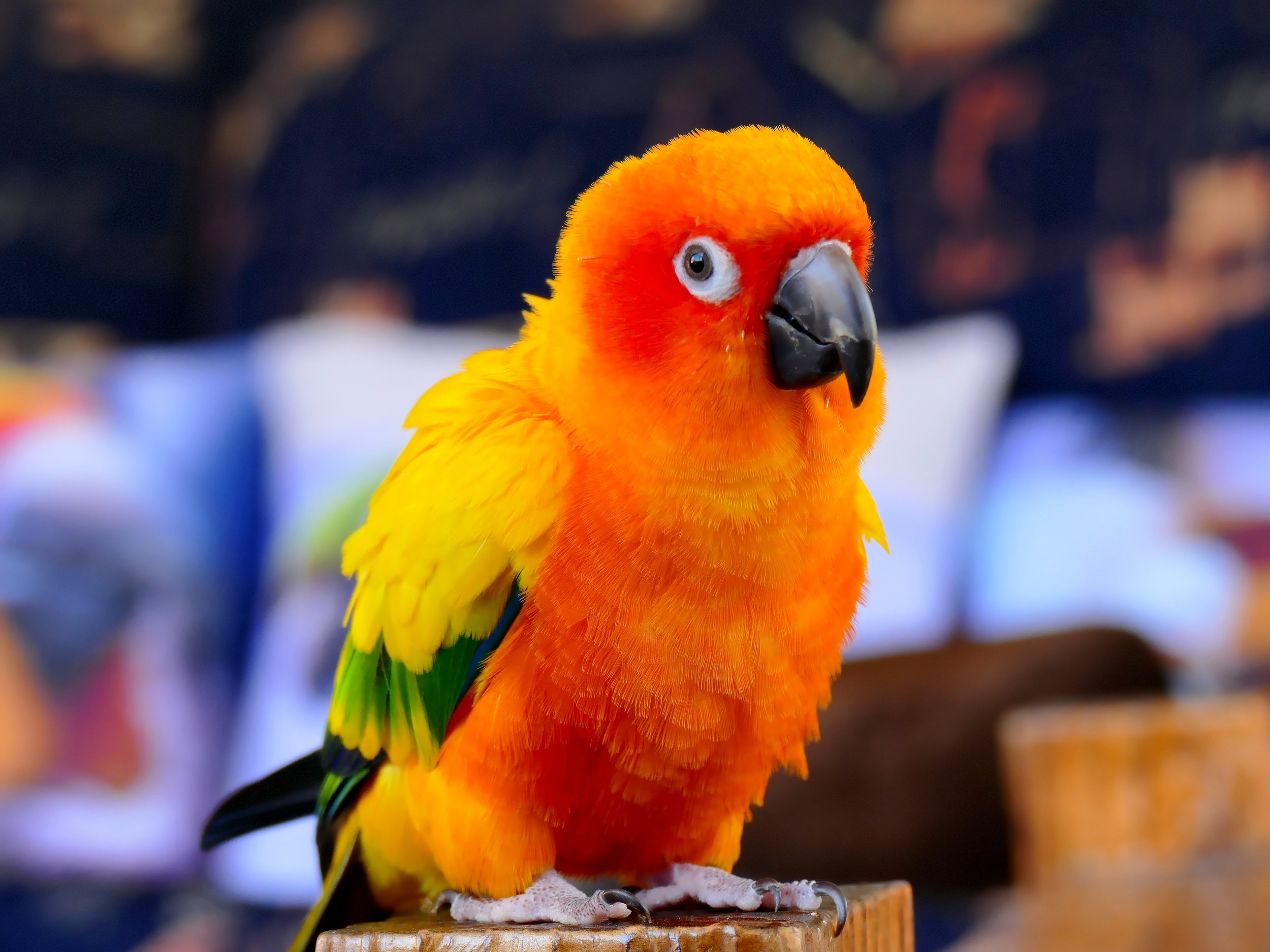
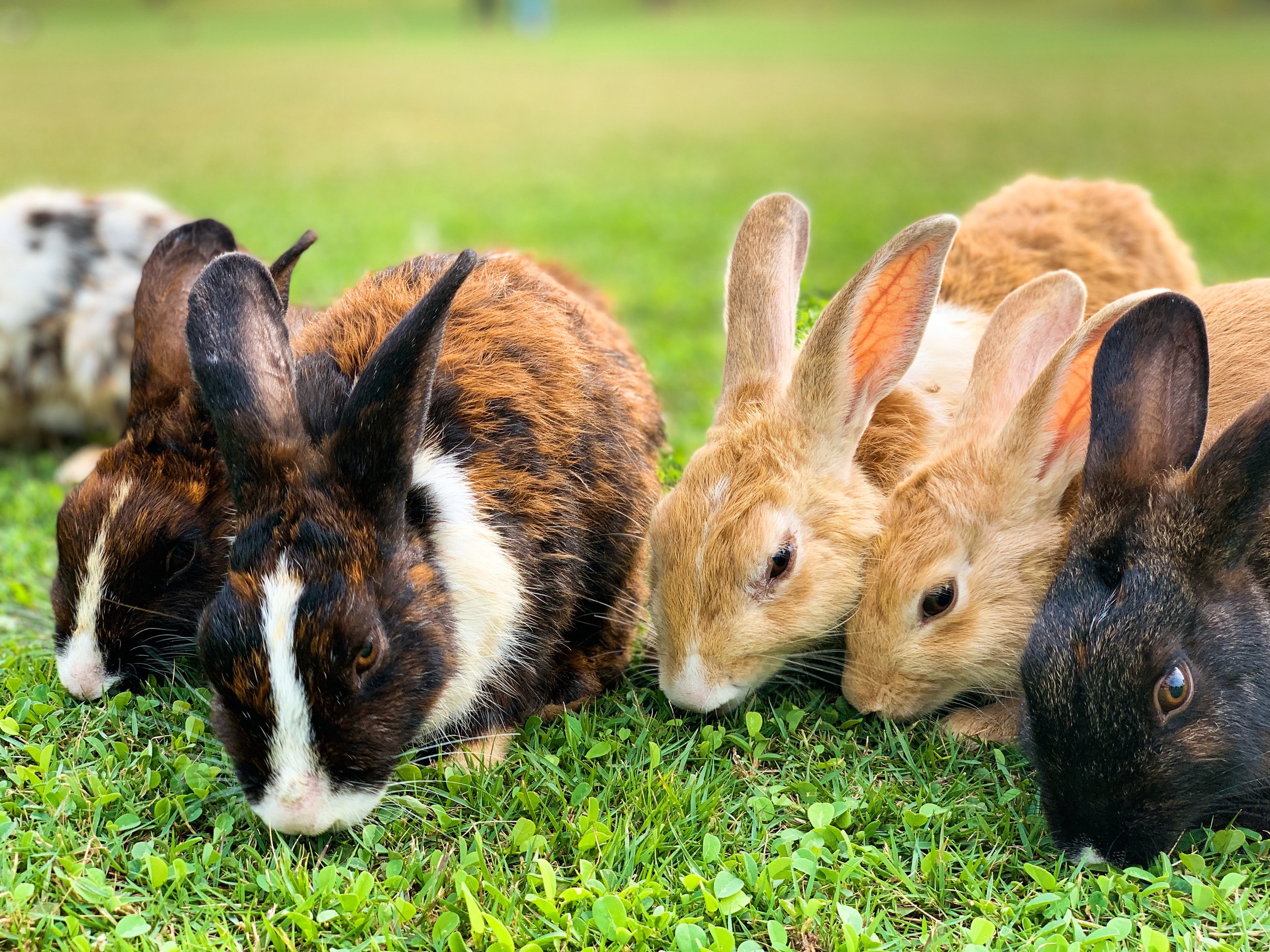
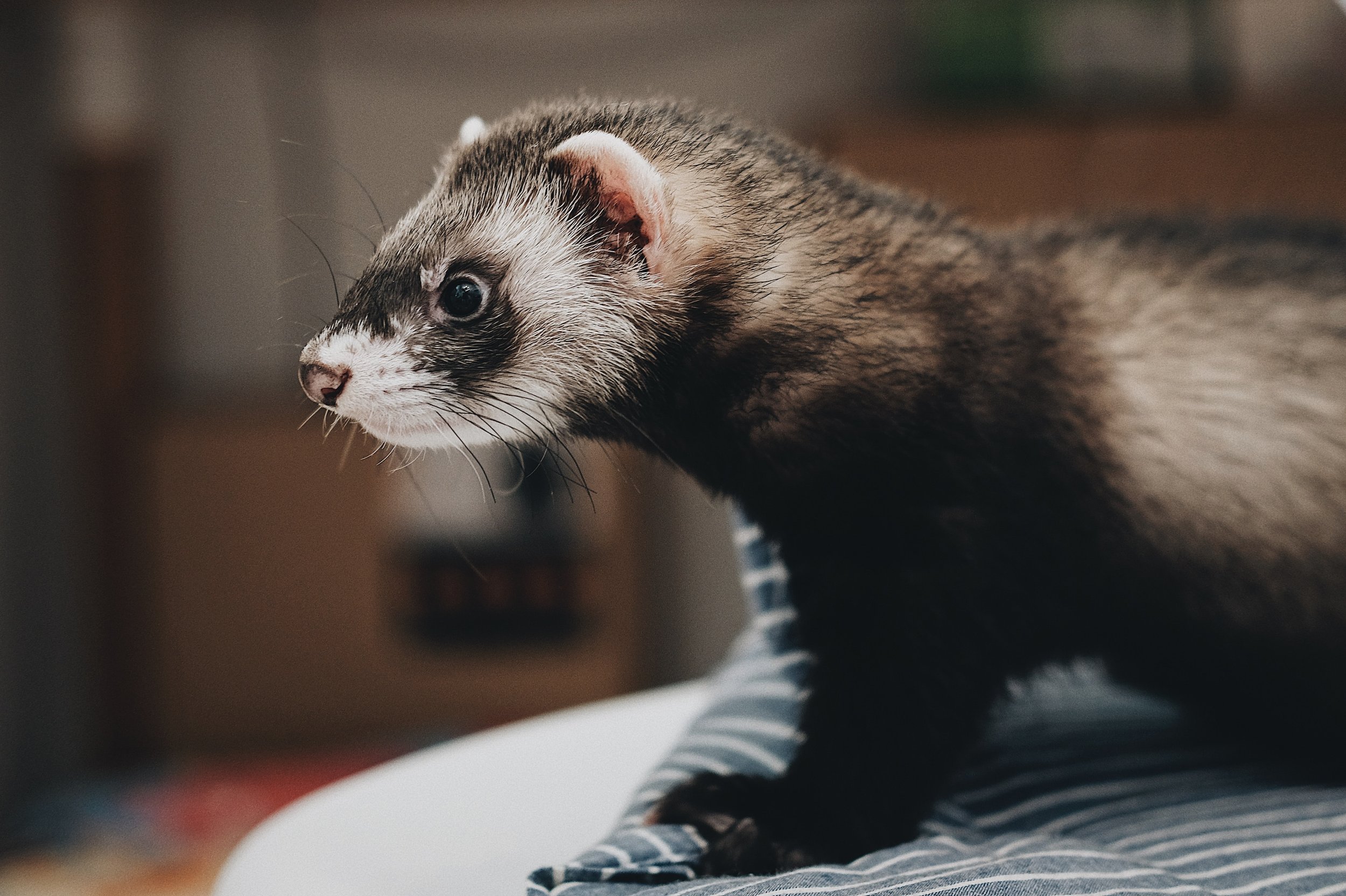
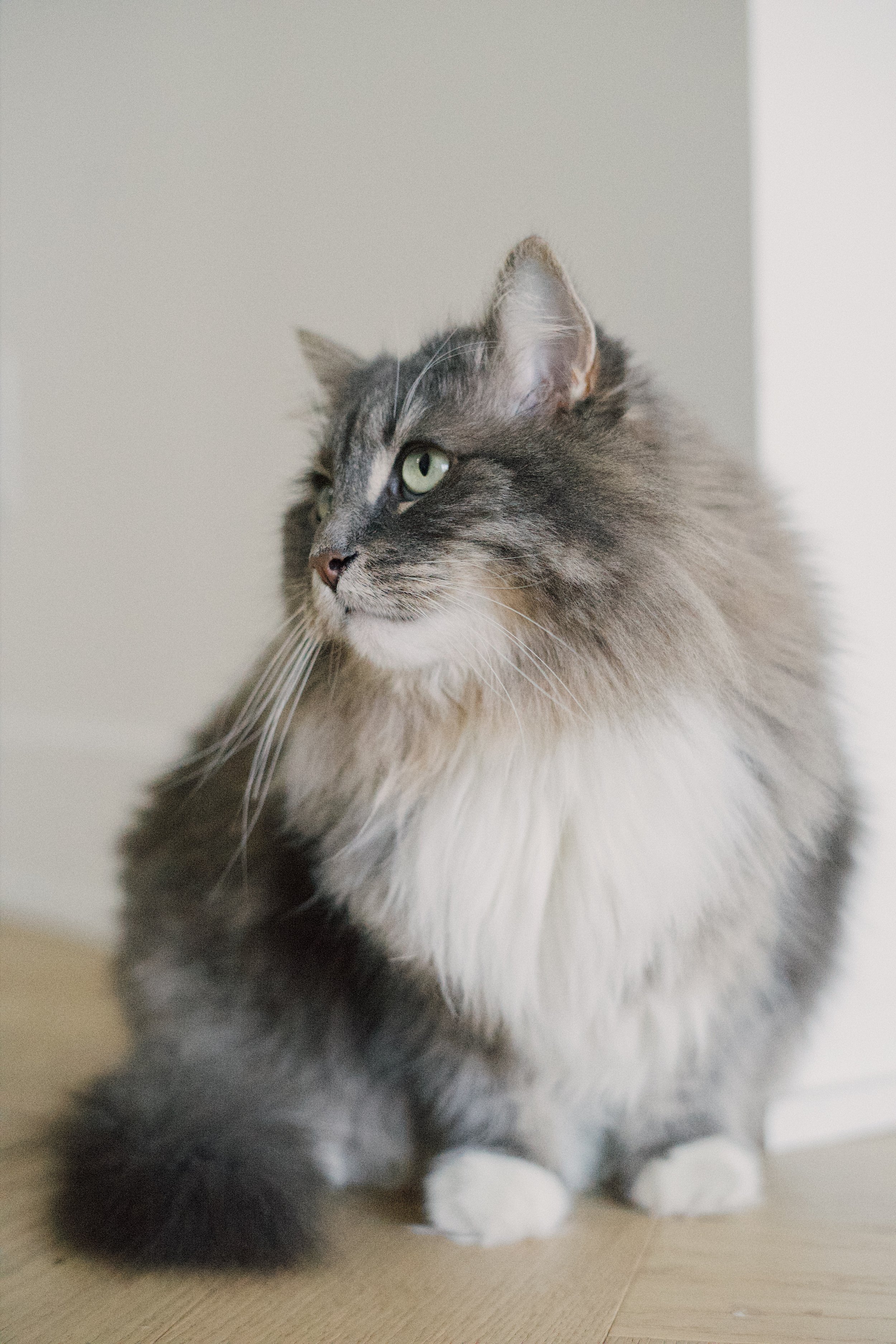
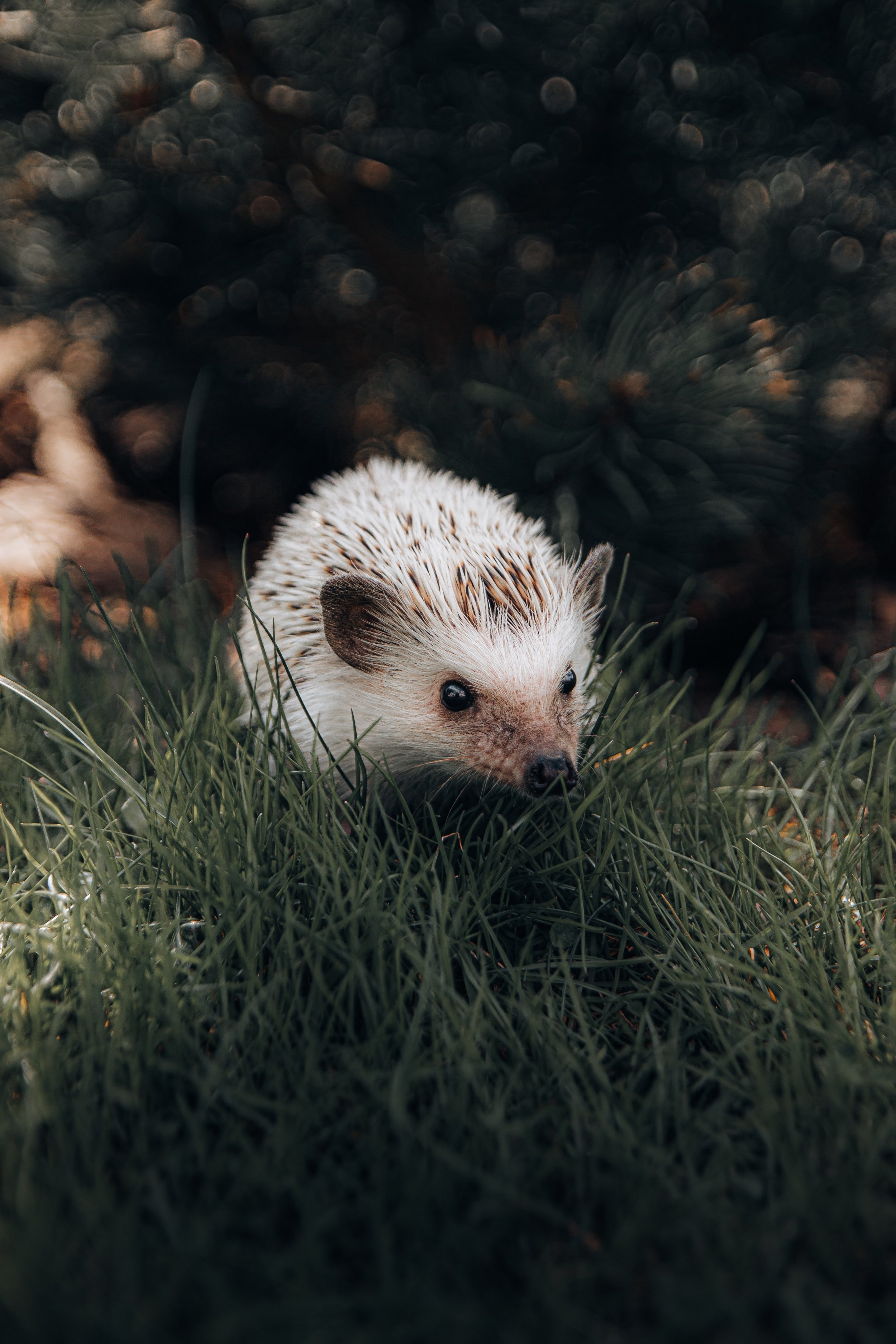
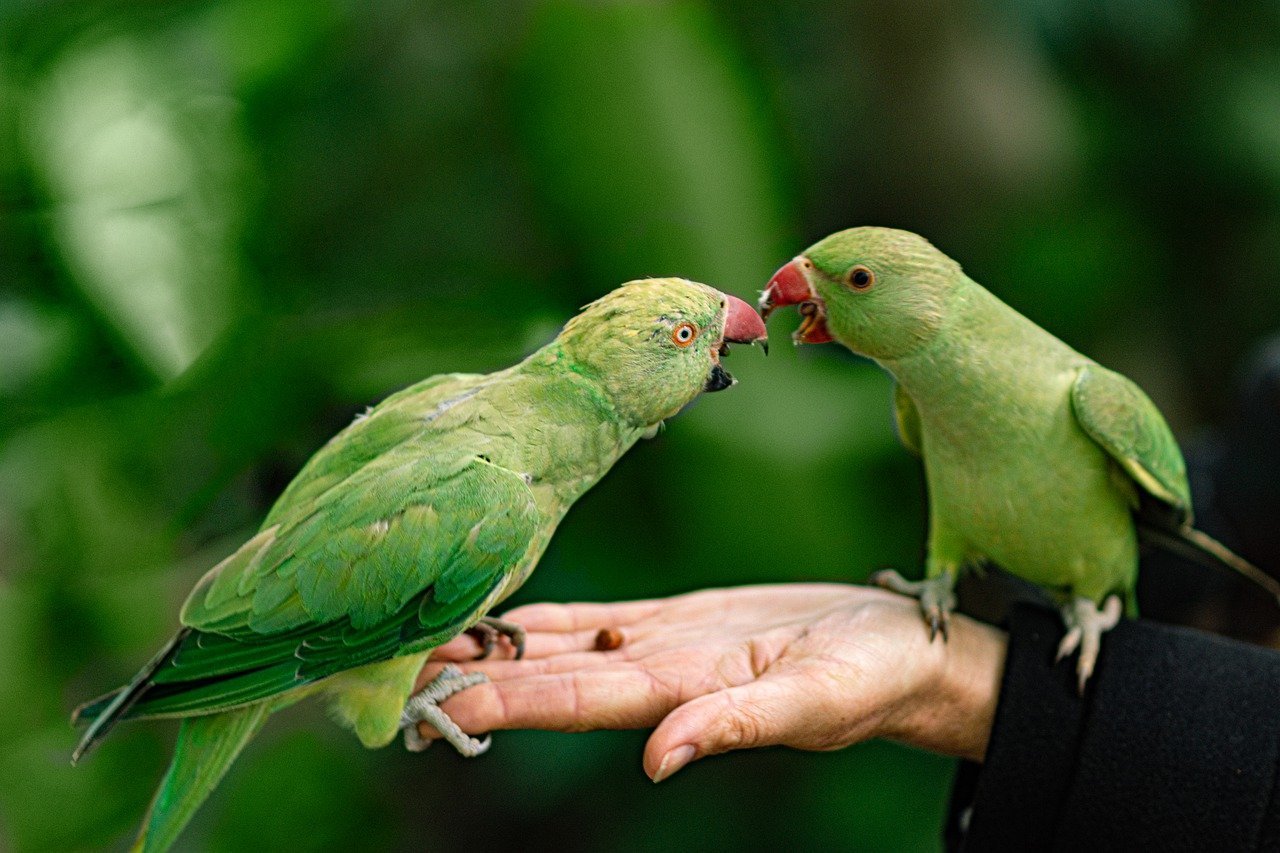
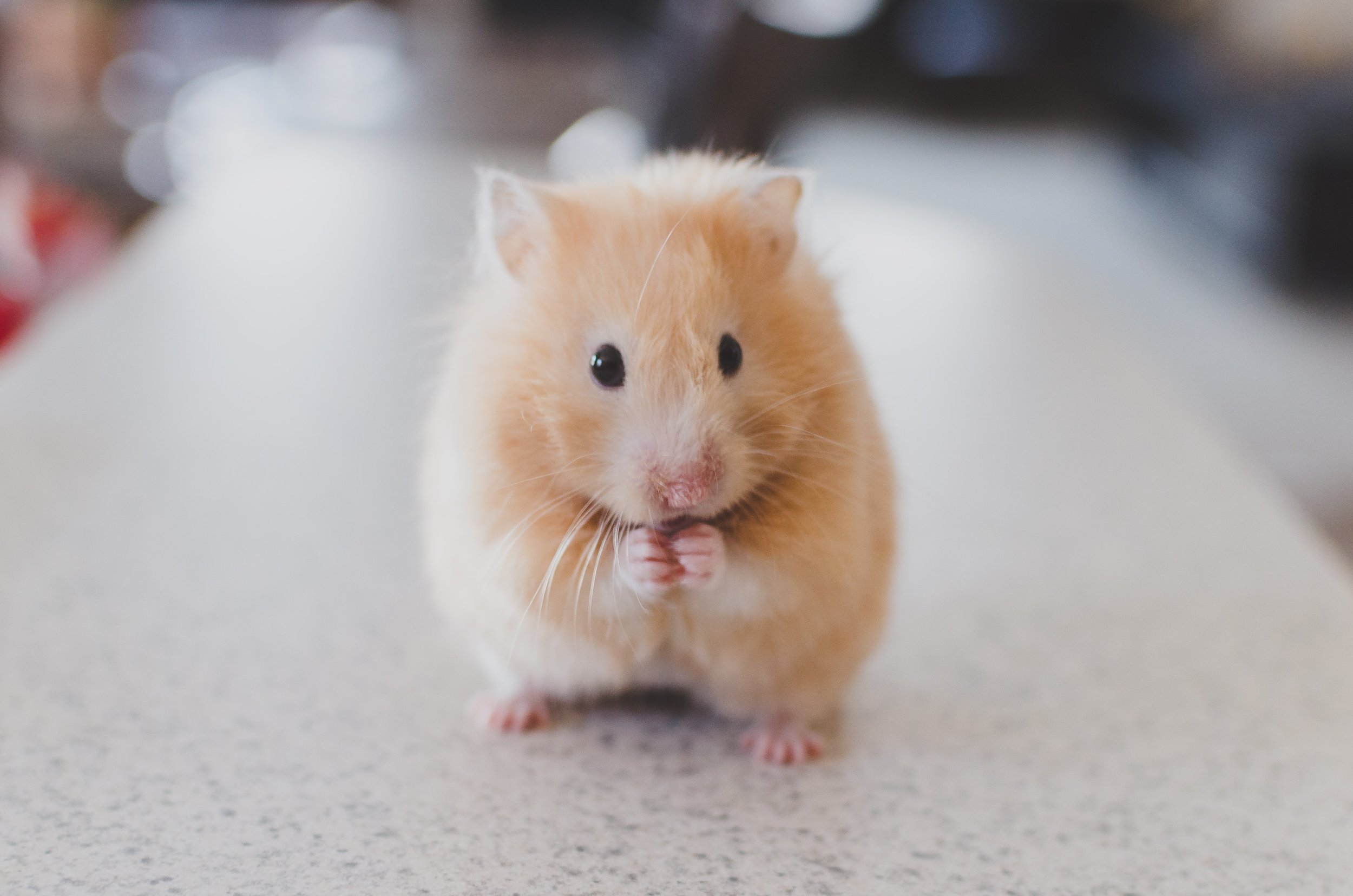
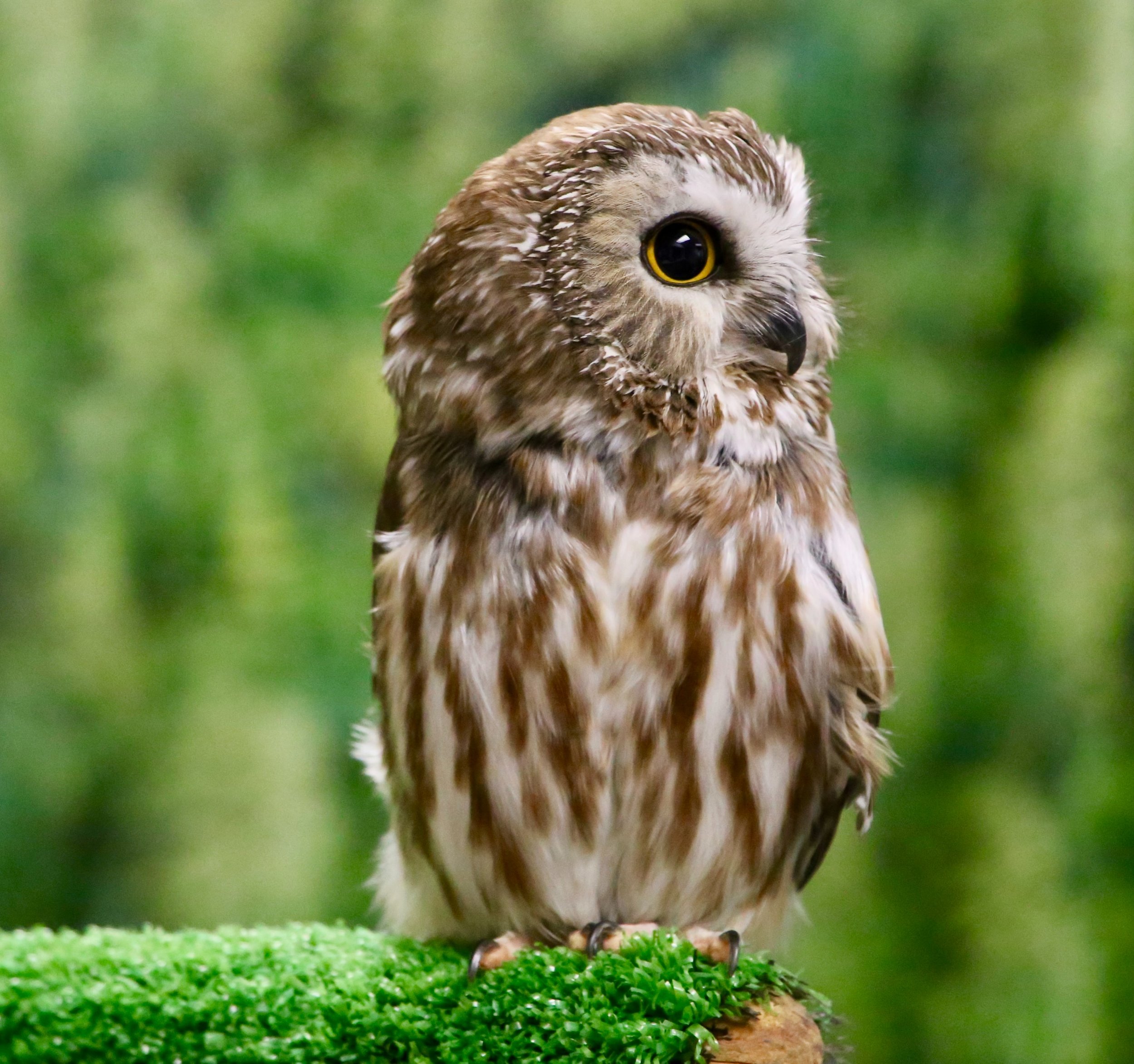

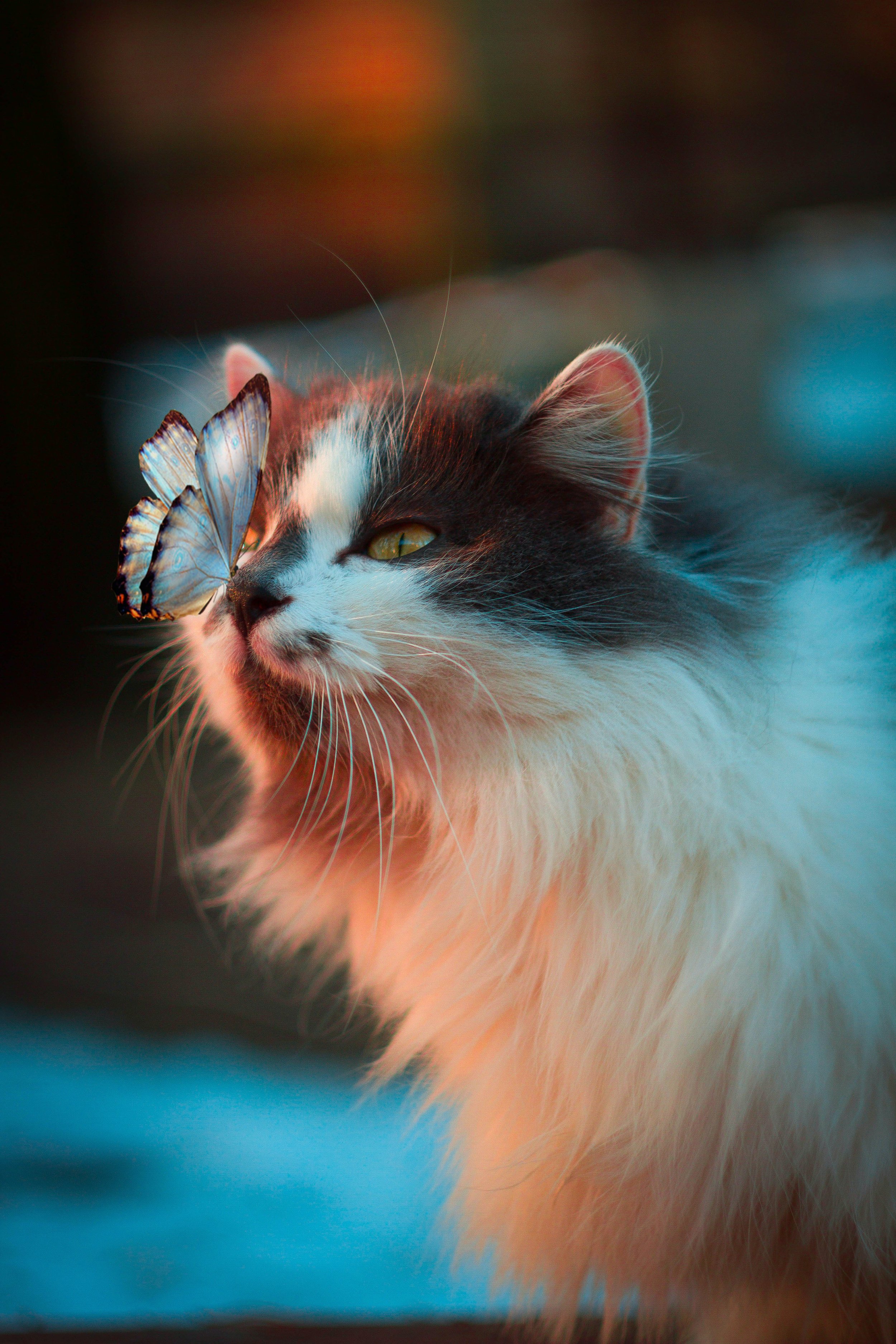
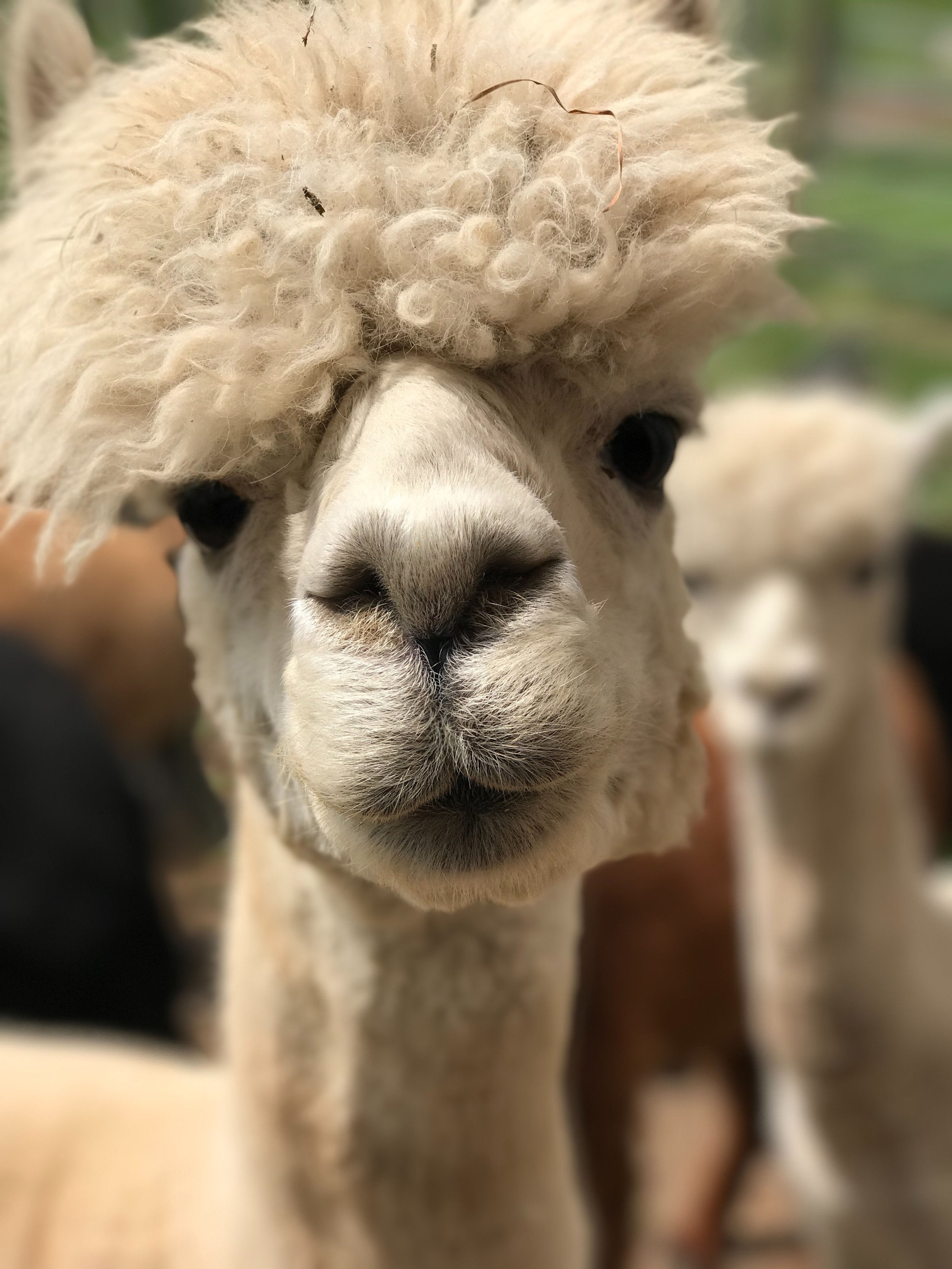

How can we test our pets?
First off, we have to be careful to center our tests on each animal’s inner nature. For example, some behaviorists do not think much of dog intelligence. Dogs don’t always do well on mirror recognition tests. But then, sight isn’t their number one sense.
So, here’s where I get to explain the “sniff test of self-recognition.” (And here’s another article from PetMD.) To start off, please remember that a dog’s sense of smell is ten-thousand times more sensitive than our sense of smell. In fact, James Walker, a key researcher in this area, has said, “If you make the analogy to vision, what you and I can see at a third of a mile, a dog could see more than 3,000 miles away and still see as well.”
According to a 2016 research study, dogs spent less time checking out their own urine marks than those of other dogs. Alexandra Horowitz, a renowned dog cognition expert, built on this finding by exposing dogs to various … samples. Some samples included diseased spleen or anise, and many samples were placed in locations the dogs had yet to visit. In every case, the dogs spent more time recognizing and investigating samples other than their own. As with some other species’ recognition of their own image in a mirror, the ability to distinguish one’s own scent as different from someone else’s shows self-awareness. (There’s more on this at Science Direct.)
This is an octopus "selfie."
Does your pet know that you’re different from them?
My dogs must know I’m not a dog, even though I’ve made sure they view me as their pack leader. Then again, Zooey asserted herself as the leader among our dogs from day one. I first met her when she was three weeks old, and she was already in charge of her siblings. And this holds especially true when our dogs are all in harnesses and ready for a walk or run. Really. I have witnesses.
Does your pet have a voice in their head? According to one article, “… dogs have dedicated voice areas in their brains, just as people do. Dog brains, like those of people, are also sensitive to acoustic cues of emotion.”
Anyway, enough said. If you would like to download a FREE quiz that may help you rate your pet’s phenomenal consciousness, just send me your email, and I’ll drop one in your mailbox. (See below!)
And if your pets ARE fantastically smart, please have them take a look at my books on Amazon.
This is Zeke on his first birthday. Photo by Zooey Azmus









